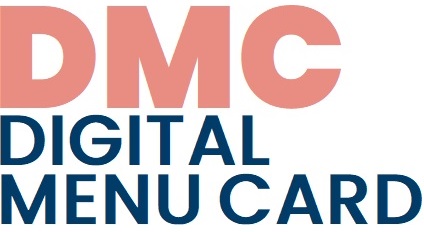An editor for creating your own website, with a wide range of options: you can add images, videos, links, etc. to the online text. Uploaded content is stored in chronological order, visitors can like, comment on and search content, based on tagging.
- A blog can be used in many different ways in teaching.
- Students can edit it together.
If we take it seriously, writing a blog takes a lot of time, there are a lot of abandoned blogs on the internet.
Although it has a very wide range of functions, it is quite easy to use.
As a teacher, you can use it as a simple learning environment for posting lessons and assignments, but it can also be used by a class to create their own web page.
We recommend searching for blogs by entering a keyword, such as teachers' blog, or class blog.
Blog
Blog
A blog is a website for publishing diary-like entries online. Personal blogs are common, but you will also often find thematic blogs, which contain entries organised around a topic.
In the case of a "classic" blog, the entries are usually longer, thoughtful, well-edited and illustrated with images or videos.
As there are no rigid requirements, there are many different types of blogs with different structures and content. The majority of blogs are created using a specific blog engine (blog portal) that provides a framework for the blog and hosts it. Their user interface is usually simple, requiring only a basic level of digital skills.


